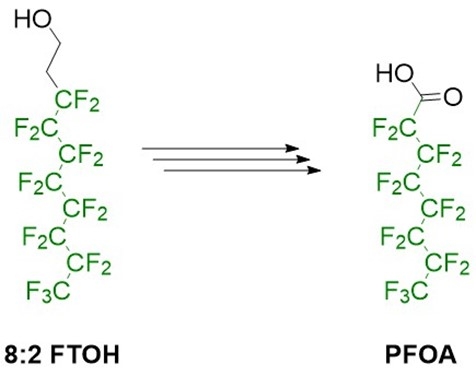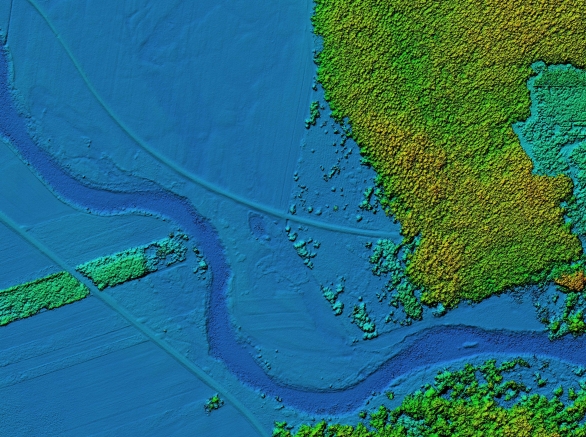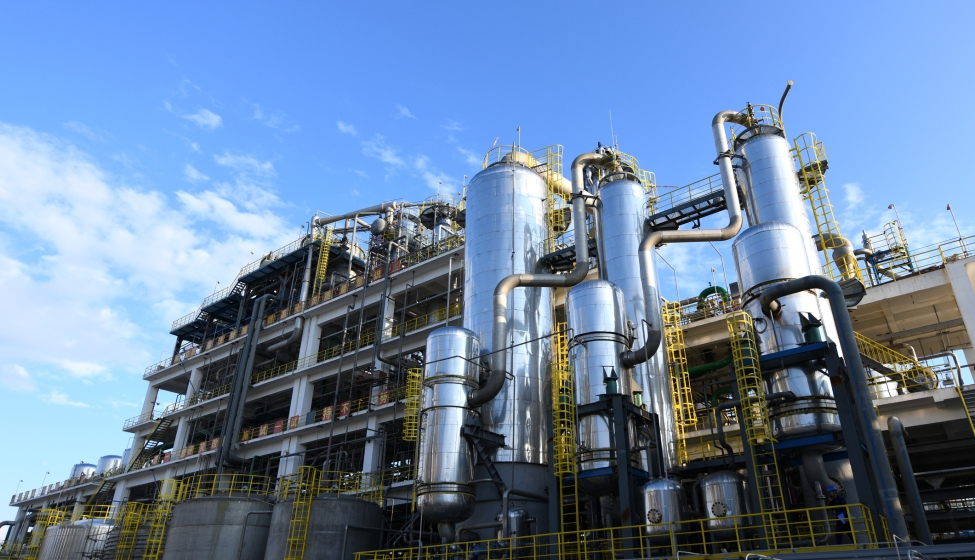June 12, 2023
Comment period extended for a proposed rule that would designate seven more PFAS and their precursors as hazardous substances under CERCLA
On the heels of last year's still-pending proposal to classify PFOS and PFOA as hazardous substances, the Environmental Protection Agency (EPA) is now considering designating an additional seven per- and polyfluoroalkyl substances (PFAS), as well as their precursors, as hazardous substances under the Comprehensive Environmental Response, Compensation, and Liability Act, also known as CERCLA or Superfund.
On April 13, 2023, EPA released a request for public input in response to its advanced notice of proposed rulemaking listing the following PFAS as potential candidates for hazardous substances:
- HFPO-DA (GenX)
- Perfluorobutanesulfonic acid (PFBS)
- Perfluorobutanoic acid (PFBA)
- Perfluorohexanesulfonic acid (PFHxS)
- Perfluorohexanoic acid (PFHxA)
- Perfluorononanoic acid (PFNA)
- Perfluorodecanoic acid (PFDA)
- Precursors to the 7 PFAS listed above
- Precursors to Perfluorooctanesulfonic acid (PFOS) and Perfluorooctanoic acid (PFOA)
To designate these compounds as hazardous substances, EPA must first establish that they present a "substantial danger to the public health or welfare or the environment." With this notice, EPA is soliciting information and data on "adverse human health effects, mobility, persistence, prevalence, and other factors" in order to evaluate the potential for these compounds to pose substantial danger to public health or the environment.
The initial 60-day period for public comment on this proposal has now been extended to August 11. If EPA decides to move forward with these designations after considering the public input provided in that time, the agency will publish a proposed rule, which will include an additional comment period.
Regulating a larger, more diverse set of PFAS under CERCLA
The current proposal would expand the scope of PFAS designated as hazardous substances under CERCLA to include a larger and more diverse set of PFAS. While the 2022 proposal included only two specific PFAS compounds with 8 carbons, PFOS and PFOA, the new list includes specific PFAS compounds containing 4, 6, 9, and 10 carbons. Together with PFOA and PFOS, four of the specific compounds on this list (PFNA, PFHxS, PFBS, and HFPO-DA) were previously included in an EPA proposal to establish maximum contaminant levels for specific PFAS in drinking water.
Notably, EPA is considering designating precursors of the seven listed PFAS as well as precursors of PFOA and PFOS as hazardous substances. Over time, these precursors may degrade in the presence of sunlight, heat, water, microorganisms, or other chemicals to form the listed PFAS compounds. Figure 1 shows an example process by which a commonly manufactured precursor could degrade to form a listed compound.

Evaluating "categories of PFAS"
Another significant inclusion in the advanced notice is the request for information regarding "categories of PFAS." PFAS are thousands of chemicals with different structures and properties. EPA has not defined what the categories may be but is soliciting information and data to help identify additional PFAS compounds or categories of compounds for future regulatory consideration. Importantly, EPA has used the term "categories," implying that it is considering groups of PFAS rather than individual compounds. This strategy of addressing groups of PFAS was included in EPA's 2019 PFAS Action Plan.
While some of the compounds listed in this proposal (e.g., precursors to the long-chain PFAS, PFOS and PFOA) have been phased out of general use in the U.S., other listed compounds or their precursors include short-chain PFAS compounds (containing 4 and 6 carbons) that have commonly been used as replacements for the previously phased-out PFOS and PFOA. The scope of this proposal could potentially impact chemistries that are or have been used in applications such as textiles and textile treatments, food contact materials, fire-fighting foams, paints and coatings, and personal care products.
Potential consequences of CERCLA designation
Designating these compounds as CERCLA hazardous substances would likely trigger investigations at existing sites, including closed sites, and bring new sites under CERCLA jurisdiction. At existing sites, the designation may delay ongoing remediation as additional assessments are conducted and remedial plans reassessed. The action may also complicate ongoing PFAS responses managed under other state and federal programs. Due to CERCLA's joint and several liability framework, even parties who never used or handled PFAS compounds may incur investigation and remediation costs.
What Can We Help You Solve?
Exponent's consultants have the expertise to help clients navigate these proposed regulations and assist with providing comments and data to EPA. Our multidisciplinary team of analytical and polymer chemists, materials engineers, and environmental and health scientists can help you understand the rapidly changing landscape of PFAS regulations and the associated technical challenges.

Bioavailability & Chemical Exposure Assessment
Bioavailability analysis for soils, sediments, and natural waters.

Water Sciences & Management
Sophisticated water consulting services, helping clients adapt to climate change and sustainability challenges.

Health Risk Assessments
Identify risks, hazards, and liabilities to improve occupational health and safety.

Chemical Regulatory Support
Comply with chemical regulatory standards to optimize environmental and human safety.
![[EBS] Ecological & Biological Sciences - Environmental Risk Assessment - grey heron grazing in fresh water](/sites/default/files/styles/cards_home_card/public/media/images/grey-heron-2022-01-04-23-54-37-utc%281%29_0.jpg?itok=9DrVPC-4)
Environmental Risk Assessment
Risk assessments for legacy spills and contamination, potential project and product impacts, and environmental remediation support.

PFAS Consulting Services
Manage PFAS in your products, supply chains, and waste streams.
Insights








